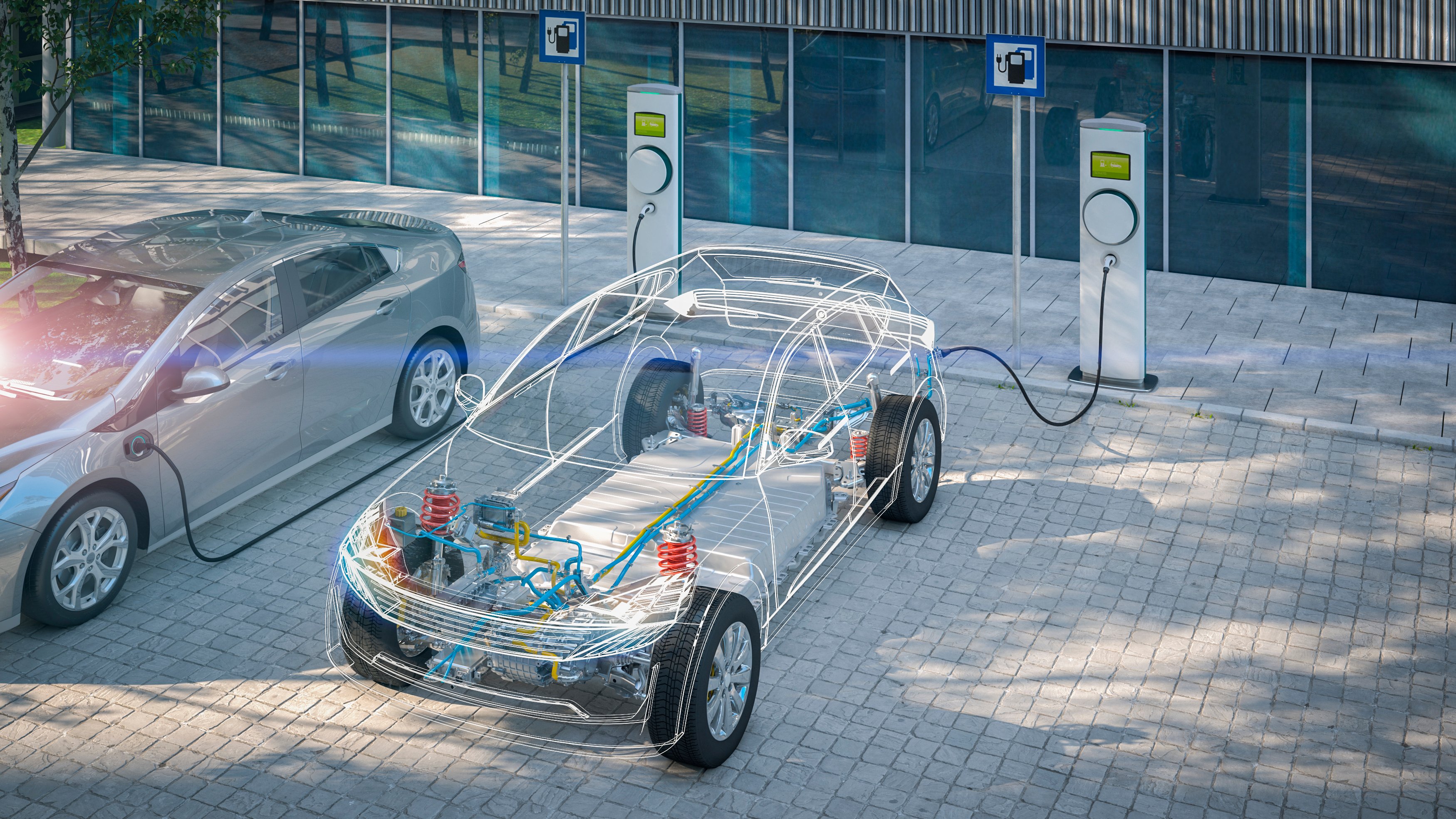Auto-industry supplier BorgWarner (BWA +0.55%) said that its net income fell 4.3% in the fourth quarter of 2019, to $220 million, as it was able to largely offset the effects of a slowdown in commercial-vehicle demand with stronger demand for light-vehicle parts and better-than-expected demand for diesel engines in Europe.
Excluding one-time items, BorgWarner earned $1.17 per share in the fourth quarter, down from $1.21 per share a year ago but well ahead of analysts' consensus estimate of $1.02. Revenue of $2.56 billion was roughly flat but exceeded Wall Street's $2.49 billion estimate.
The company also gave cautiously upbeat guidance for 2020.
The raw numbers
| Metric | Q4 2019 | Change vs. Q4 2018 | 2019 | Change vs. 2018 |
|---|---|---|---|---|
| Revenue | $2.559 billion | (0.6%) | $10.168 billion | (3.4%) |
| Operating income | $478 million | 79.6% | $1.303 billion | 9.5% |
| Adjusted operating income | $340 million | 5.3% | $1.232 billion | (4.9%) |
| Adjusted operating margin | 13.3% | 0.8 pp | 12.1% | (0.2 pp) |
| Net income | $220 million | (4.3%) | $746 million | (19.9%) |
| Adjusted free cash flow | $221 million | (47.1%) | $699 million | 20.5% |
Data source: BorgWarner. Adjusted figures exclude the impact of one-time items. BorgWarner had a net one-time credit of $138 million in the fourth quarter of 2018, mostly related to the sale of a subsidiary. It took a net charge of $57 million in the fourth quarter of 2018. BorgWarner's expressions of adjusted operating income and margin also exclude the impacts of exchange-rate movements. Pp = percentage points.
What happened at BorgWarner in the fourth quarter?
- BorgWarner finished 2019 with revenue growth, adjusted earnings per share, and free cash flow all coming in above its guidance for the year.
- Net sales in the company's engine segment were $1.53 billion in the fourth quarter, down slightly from $1.54 billion a year ago. But excluding the impact of exchange-rate movements and the sale of its thermostat product line, the segment's net sales were up 3.5% from the year-ago period, and its adjusted earnings before interest and tax increased 11.2% to $264 million.
- Growth in the engine segment, powered by strong results in Europe and China, was somewhat offset by lower industry volumes in North America. In particular, stronger-than-expected demand for diesel engines in Europe helped.
- Net sales in the drivetrain segment were $1.04 billion, down slightly from $1.05 billion a year ago. Here again, excluding the impact of currency swings, sales were up 1.5% and adjusted EBIT increased 7.7% to $136 million.
- Growth in drivetrains was powered by higher sales in China and lower costs year over year, offset somewhat by lower industry volumes in North America.
Also of note: The company said in January that it had reached a deal to buy rival Delphi Technologies (DLPH +0.00%) in an all-stock transaction that values Delphi at $3.3 billion.

Image source: BorgWarner.
Looking ahead: Guidance for 2020
BorgWarner reiterated the cautiously upbeat guidance it gave in its preliminary full-year report late last month. For 2020, auto investors following BorgWarner should expect:
- Net sales between $9.75 billion and $10.08 billion.
- Operating margin between 11% and 11.5%.
- Free cash flow between $675 million and $725 million.






